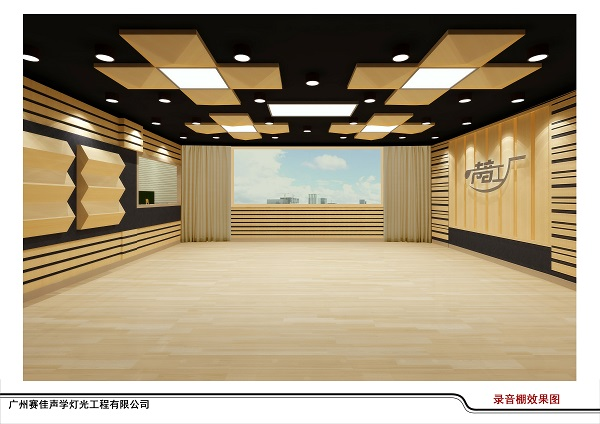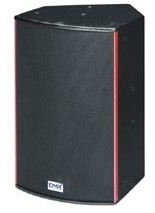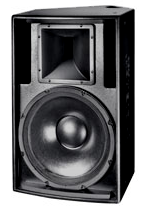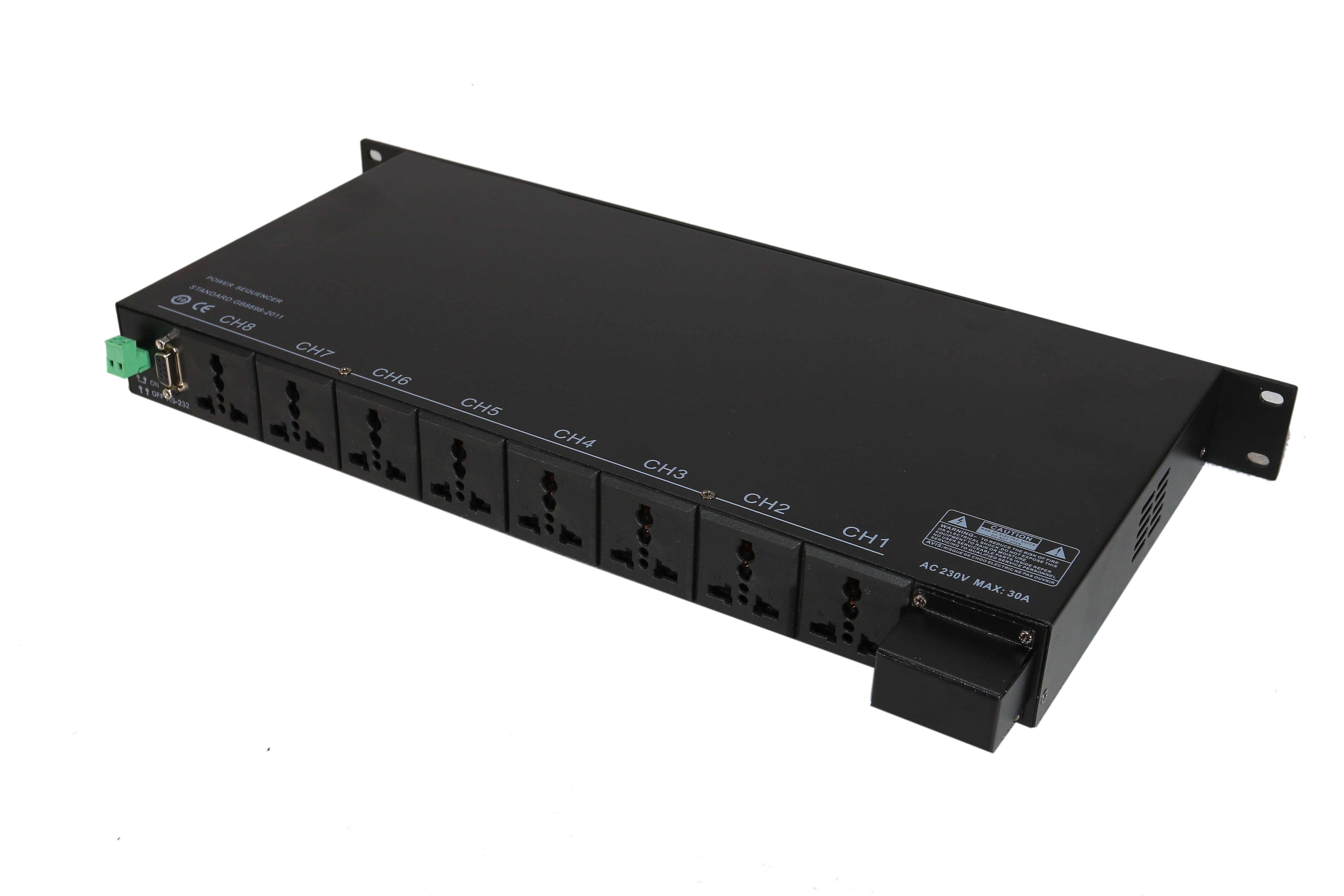
Theater lighting and acoustics design and construction
- Overview
- Related Products
Theater Theater refers to: Theater (building), which is a theater for performances; Theater (art), which is a theater for performing arts or art schools; Theater version, which is the film version of animation. Theater, sometimes called theater, means a specific performance venue composed of permanent buildings, and can also be used as a general term for performance venues. Theater usually refers to indoor performance venues, while theater is also applicable to outdoor squares and indoor buildings. It is specially used for performing dramas, dramas, operas, singing and dancing, folk art, music, including large-scale stage plays, variety shows, operas, concerts and conferences. It is generally more formal. It is usually divided into a stage and an auditorium. Some theaters now also have the function of showing movies.
Theater Theaters are generally composed of three parts: ① The place for performances-the stage or other forms of performance space; ② The place for watching performances-the auditorium; ③ Other auxiliary performance spaces-the place for performers to rest and change clothes. The evolution of theater types, in addition to being restricted by material and technical conditions and influenced by architectural ideas, is mainly determined by the changes in the functions, scales and interrelationships of these three parts.
In the acoustic decoration design of theaters, the design of theater auditoriums is particularly critical.
The design includes:
1. Determine the volume design of theater auditoriums
In order to obtain a suitable reverberation time for the auditorium, the auditorium needs a suitable volume. If the volume is too small, it may be difficult to achieve the required reverberation time without adding any sound-absorbing materials; if the volume is too large, although a suitable reverberation time can be obtained by adding more sound-absorbing materials, the sound energy density in the hall will be reduced accordingly.
2. Theater auditorium design
Direct sound plays an important role in loudness, clarity and positioning of sound sources, and is the primary factor in sound quality design. Direct sound should be fully utilized as much as possible to avoid unnecessary sound energy loss.
First of all, the propagation distance of direct sound should be shortened. The intensity of direct sound decays according to the inverse square law of the propagation distance (that is, the distance doubles, and the sound energy decays by about 6dB). The mid-high frequency sound energy will also be absorbed by the air during the propagation, resulting in greater losses. Secondly, the audience's grazing absorption should be avoided. When the direct sound propagates close to the auditorium, the sound decays quickly at the height of the human ear due to the grazing absorption of the auditorium. The attenuation caused by grazing absorption is much greater than the inverse square law, so the auditorium floor should have a sufficient rising slope.
3. Theater shape design
The sound quality of the theater is mainly determined by the time and space distribution of the direct sound and reflected sound it receives. A better auditorium shape (ceiling and wall shape) and surface acoustic properties can ensure the uniform distribution of the sound field in the hall in time and space, which determines the excellent sound quality of the theater.
The reflected sound within 50ms after the direct sound plays an important role in increasing the clarity and intimacy of the language; and the reflected sound within 80ms after the direct sound plays an important role in increasing the clarity of the music.
In the body design, it is also necessary to avoid concave curved walls or ceilings that cause local sound focusing or even echoes, and to avoid acoustic defects such as flutter echoes caused by parallel walls.
3.1 Design of the stage entrance area of the theater auditorium (Golden Triangle)
The shape and material characteristics of the stage entrance area play an extremely important role in the sound quality of the entire auditorium: First, it determines the coordination between the stage and the orchestra pit, that is, the mutual communication and coordination between the actors and the orchestra; second, it can ensure that the front and middle areas with the best sight of the auditorium obtain sufficient early reflected sound, improving the sound quality of the front and middle areas; third, when the actors perform at the stage lip, it can serve as an extension of the music cover to ensure good sound quality.
3.2 Sound absorption or diffusion design of theater ceilings and side walls
In order to obtain uniform distribution of reflected sound in the auditorium, the shape of the ceiling and side walls needs to be specially designed, especially the early lateral reflected sound from the side walls (the time difference with the direct sound is <80ms), which can make the audience area obtain good spatial effects. The ideal angle between the side wall and the central axis of the auditorium is also 4~7º.
3.3 Sound absorption or diffusion design of the back wall of the theater
The sound path difference between the high-intensity reflected sound and the direct sound from the back wall is generally more than 17m. In order to avoid echo, the wall needs to be designed for diffusion or sound absorption. As for whether to make a sound diffuser or a sound-absorbing wall, it needs to be determined after sound quality calculation. The observation window of the back wall control room needs to be tilted forward 5 to 8 degrees to avoid echo.
3.4 Theater stage guardrail design
The straight or curved theater stage guardrail design is prone to echo defects in the front area of the auditorium or even on the stage. The guardrails at the rear of the theater auditorium stage and the side box are all arc-shaped, which is not conducive to sound reflection and may even cause sound defects. Therefore, the building acoustic design requires the addition of decorative sound diffusers on the theater guardrails.
Common theater types (differentiated according to the relative relationship between the stage and the auditorium) 1. Proscenium stage 2. Three-sided stage 3. Circular stage (four-sided theater---proscenium stage, circular stage) 4. Black box theater 5. Island stage Basic elements of space I. Stage, theater interior 1. Performance area 2. Left and right side stages, backstage area 3. Stage trap area 4. Orchestra pit II. Auditorium 1. Seat area 2. Aisle area Core equipment I. Stage 1. Hanging rod system: counterweight balance system, manual rod operation area; winch motor, electric rod operation area, ceiling area 2. Curtain system: main curtain, edge curtain, wing curtain, sky curtain, background curtain, middle partition curtain 3. Lighting equipment: lamps, lamp poles, side lamp racks, floor rows, lamp bridges, circuits 4. Special equipment: rotating stage and lifting stage Theater---auditorium
5. Firefighting equipment: fire extinguishing, fire blocking, smoke exhaust, emergency lighting
6. Stage monitoring speaker
II. Auditorium
1. Seats
2. Air conditioning system
3. Public broadcasting system
4. Emergency escape indicators
Extended space and equipment
I. Front desk: space for the audience
1. Parking lot Theater---dressing room
2. Entrance, entrance square
3. Box office, ticket center: ticket purchase service
4. Service desk: information service, luggage storage service, souvenir sales
5. Rest area, dining area
6. Washroom
II. Backstage: space for stage workers
(1) Space away from the auditorium
1. Dressing room, lounge
2. Rehearsal room
3. Meeting room
4. Management room, office
5. Warehouse, spare parts room
6. Set factory, clothing factory, laundry room
7. Set props entrance and exit
8. Special entrance and exit for performers and staff
9. Parking lot
10. Washroom
(2) Space close to the auditorium
1. Lighting control room
2. Sound control room
3. Tracking light room
4. Lighting space, such as catwalk, lighting box, etc.
5. Catwalk: The area above the ceiling of the auditorium used to set up lighting fixtures; its opening faces the stage and is not easily noticed by the audience
6. Lighting box: The area located on the left and right walls at the front of the auditorium used to set up lighting fixtures; its opening faces the stage diagonally
(3) Equipment
1. Intercom system
2. Lighting line system: control console, dimmer, power circuit, signal line
3. Aerial work equipment: lifting and adjusting lighting ladder, A-shaped aluminum ladder, scaffolding 4. Recording and broadcasting system: microphone, mixer, amplifier, equalizer, speaker
5. Stage monitoring and surveillance equipment
6. Costume management equipment
7. Dressing room equipment: makeup mirror
8. External power box
9. General power socket
Traffic lines of space
1. Audience's traffic lines
2. Must be isolated from the stage and backstage
3. Stage workers' traffic lines
4. Must be isolated from the auditorium and front desk
5. Theater manager's traffic lines






